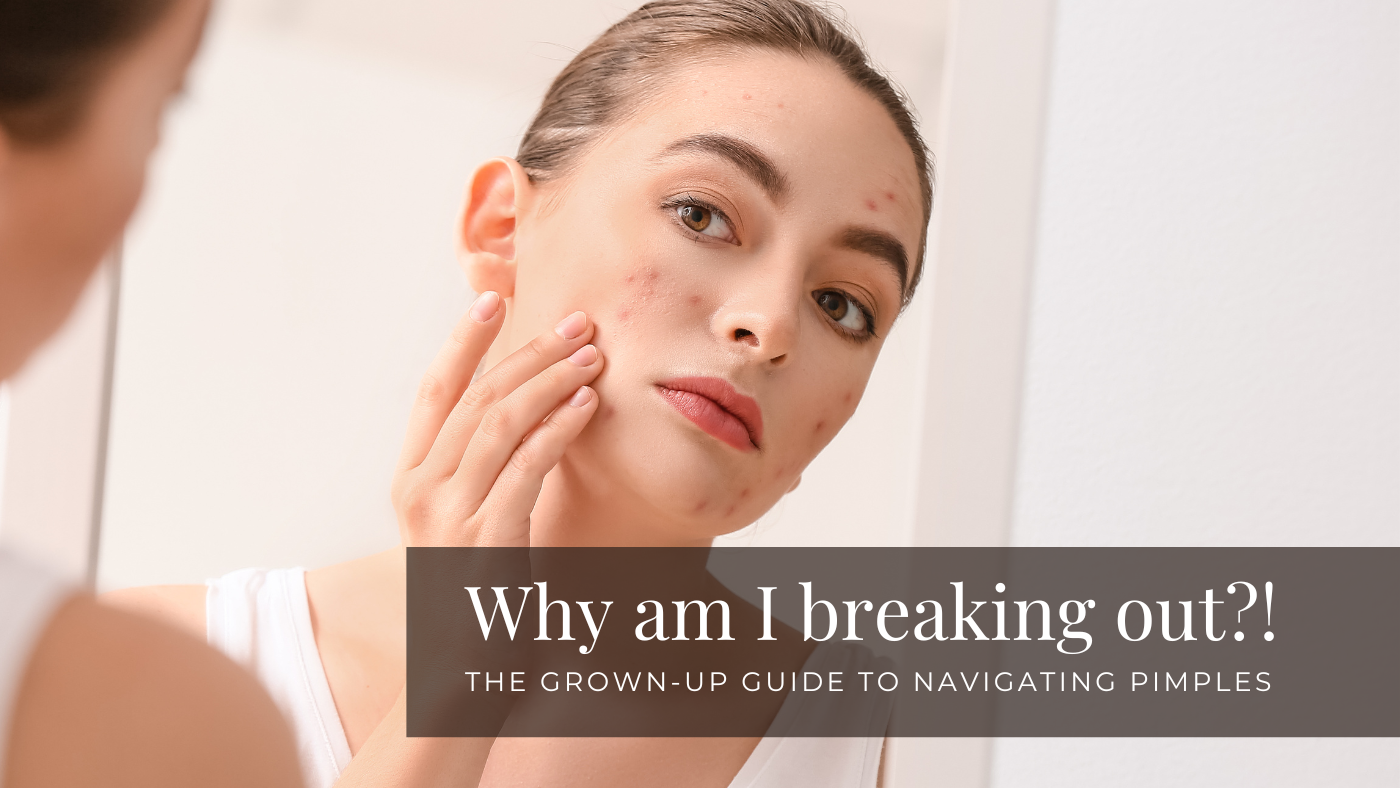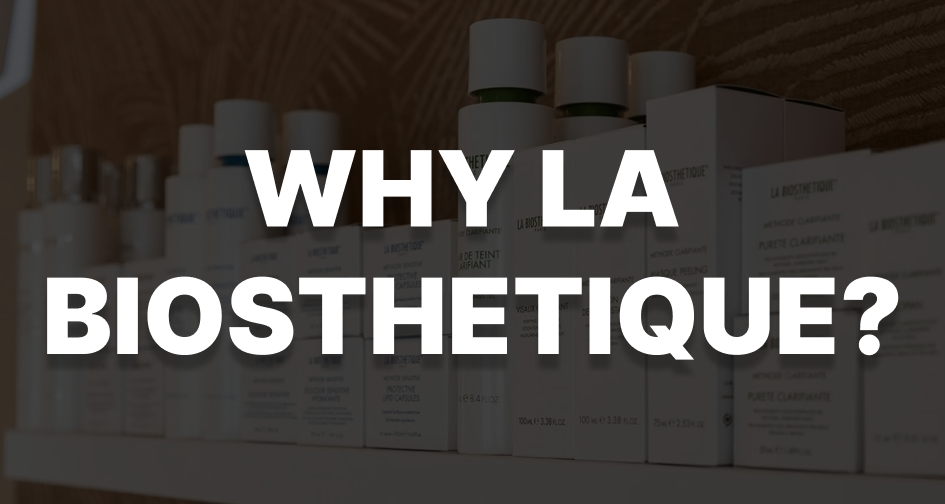
Why Am I Breaking Out? The Grown-Up Guide to Navigating Pimples
No matter your age or relationship with your skin, we can all agree on one thing – blemishes suck! Blackheads and pimples are fairly par for the course through our teenage years, but as we age, the eruption of spots can leave us fed up and frustrated, thinking “WHY is my skin breaking out?!”.
There are a few different factors that can influence breakouts in adult skin, so it’s important to find the triggers so you can make sure you’re addressing the cause of the breakout and not just the symptoms.
Hormonal Fluctuations
We typically associate hormonal fluctuations with teenagers and young adults, but the reality is we go through a number of significant hormonal changes throughout our lives. Not only can our menstrual cycle affect sebum production, triggering breakouts, pregnancy and menopause can also send our sebaceous glands on the fritz.
While there isn’t a lot that can be done to prevent this from occurring, understanding how your body cycles through hormonal stages can let you take some preventative measures to avoid breakouts.
Stress
This technically falls under the category of hormonal fluctuations, but we’re all so hyper-stressed in today’s modern world that we felt it deserved its own place in our lineup. Stress triggers the production of hormones like cortisol and adrenaline, which stimulate the sebaceous glands and decrease the rate of cell turnover, leading to acne and clogged pores. Cortisol also triggers the release of chemicals that cause skin inflammation, which can make breakouts even worse.
Bacteria
Okay, we know you’re not silly – you’re almost definitely washing your face if you’re concerned about acne – but when was the last time you cleaned your phone screen? That’s right, bacteria are EVERYWHERE, and while some microbial activity is important for healthy skin, if the wrong bacteria start to multiply on your skin, it can cause havoc. Clean your phone and makeup brushes regularly, don’t touch your face with grubby hands, and make sure you’re changing your pillowcase out regularly (at least once per week).
Diet
Diet plays a massive role in keeping our bodies functioning correctly, and the skin is no exception. Sugary foods and refined carbohydrates contribute to blood sugar spikes, which trigger inflammation and increased sebum production. Dairy and high fat foods can also increase the frequency and severity of breakouts. The good news? There are other foods that have the opposite effect. Omega-3 fatty acids and turmeric are both known for their anti-inflammatory properties, while things like green tea, and berries are great sources of polyphenols that reduce inflammation and sebum production.
Medication
There are a variety of medications that can contribute to acne breakouts, including corticosteroids, lithium, and hormone regulators – even B-vitamin supplements have been linked to an increase in acne in some cases. If you think that medication might be the cause of your breakouts, it’s important to talk to your doctor about your options; never stop taking prescribed medication without your doctor’s approval.
So what can you do when a pimple rears its ugly head? Long-term, managing your stress levels and tweaking your diet will have an impact on your skin, but if you’re mid-breakout and need help fast, there are a few quick fixes. Apply a warm compress to boost blood flow and speed up healing, or try icing the area to reduce inflammation and redness. Products with salicylic acid can be effective, or reach for a dedicated spot treatment like La Biosthetique Likopan — just make sure your hands are clean first. And finally (you know what’s coming): don’t squeeze it. As satisfying as it might seem in the moment, popping can spread bacteria, worsen inflammation, and increase the risk of scarring or discolouration.
Identifying the root cause of your skin woes will set you on the right path when it comes to treating them, so you can love the skin you’re in.






